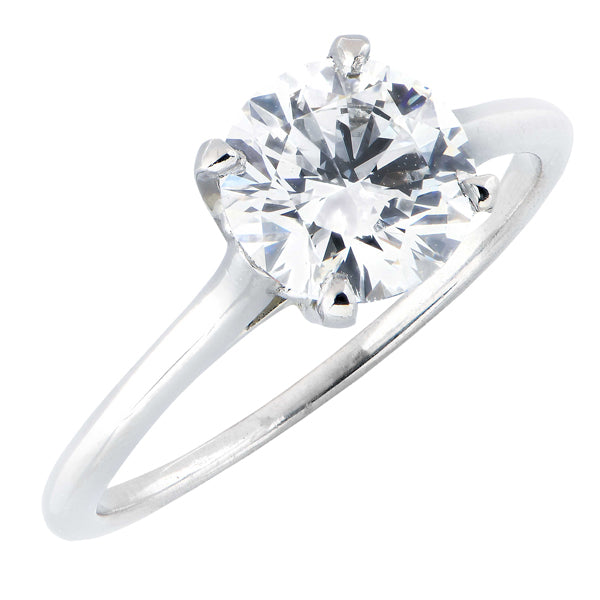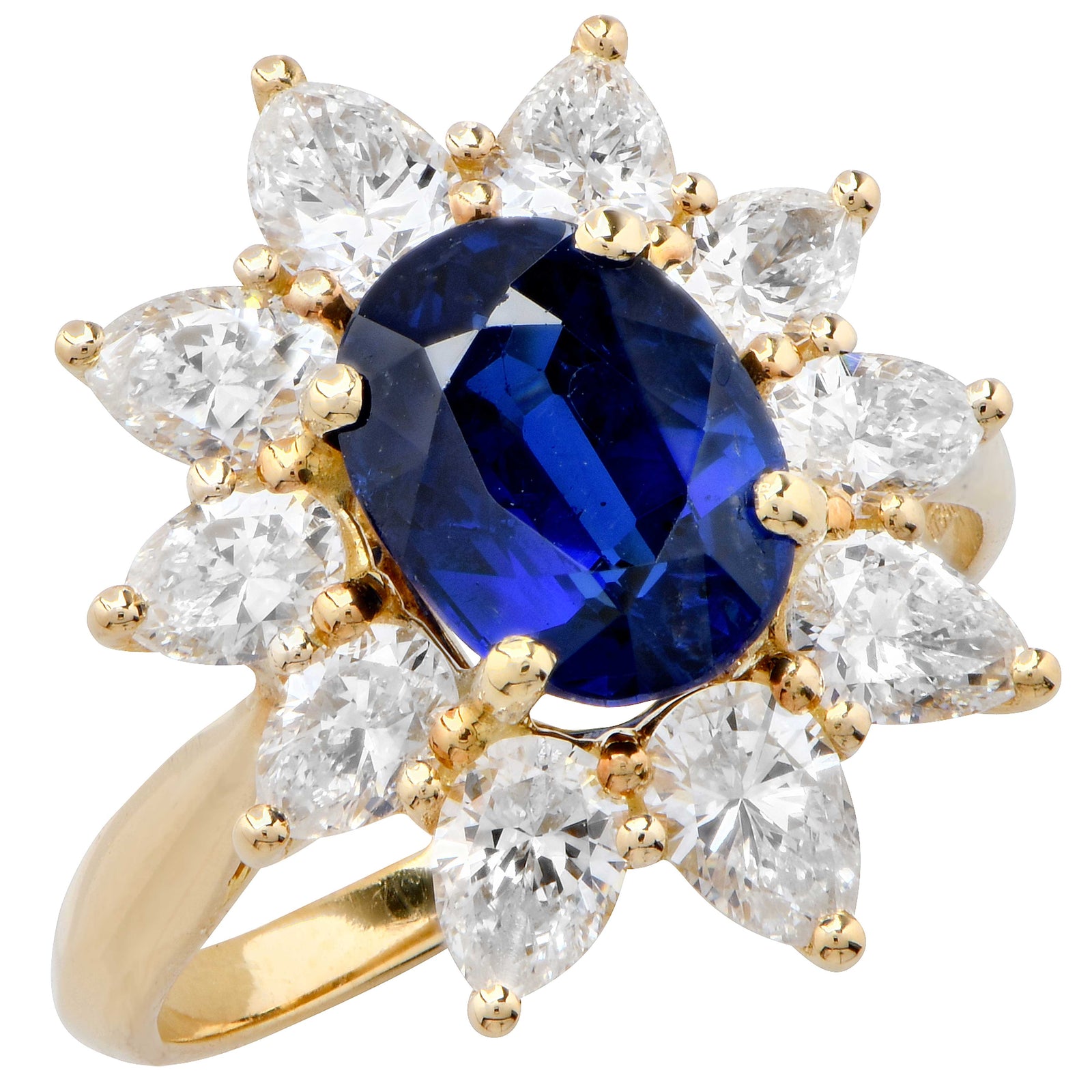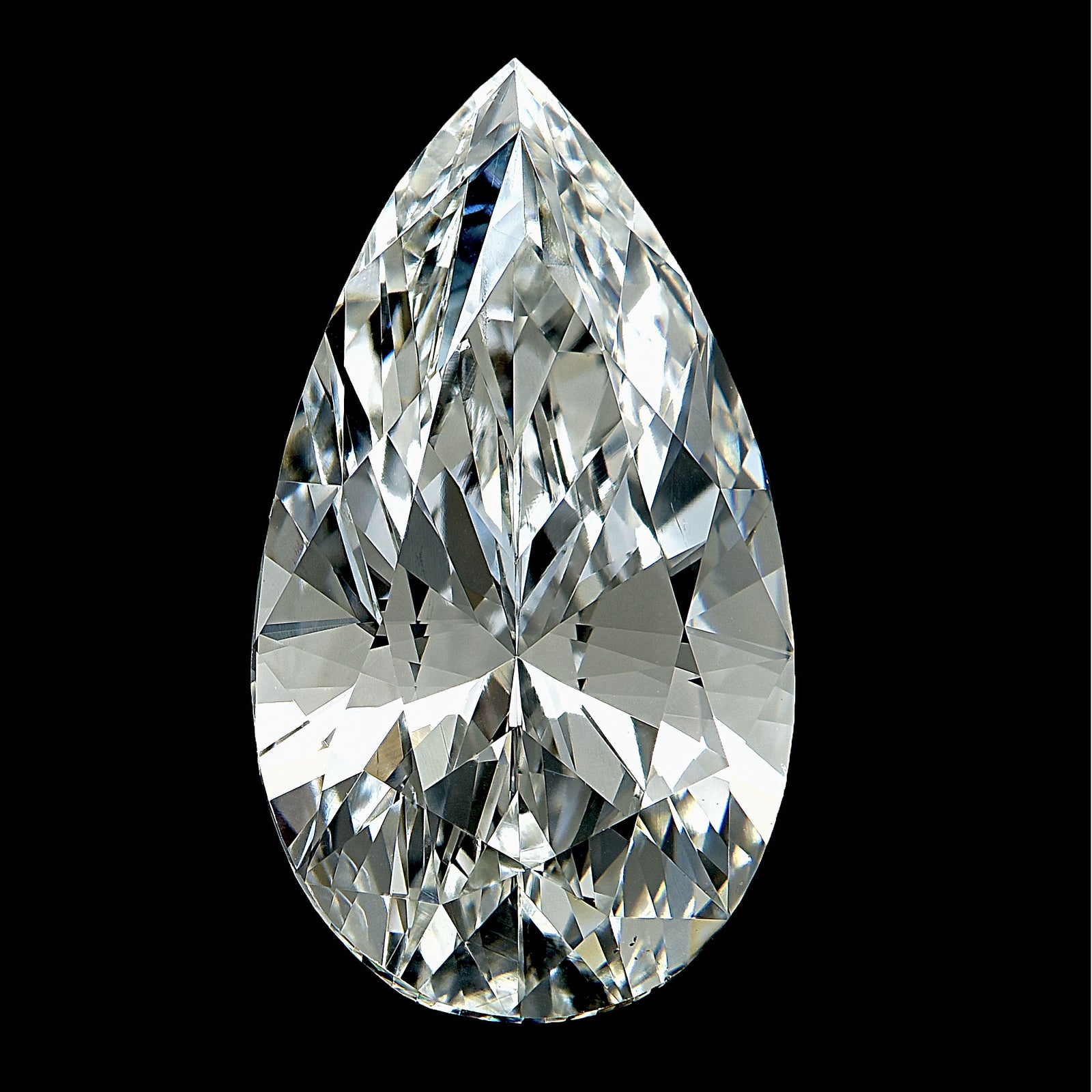For hundreds of years diamonds have been found and valued. Diamonds occur when great heat and pressure combine deep underground and allow for the growth of crystals which after millions of years turn into diamonds. Most of the diamonds found come from mineral pipes or plumes which extend from deep underground concentrations to the surface or near the surface of the Earth. These mineral deposits are called Kimberlite pipes. Diamonds are found within these deposits. There are several locations throughout the world in which kimberlite is found containing financially viable gem quality diamonds.
Diamonds are valued for their beauty and for their concentrated value. A handful of diamonds could be worth millions of dollars. Such concentrated wealth can be used for positive and for destructive causes. As such, the exploitation of populations and the environment has accompanied diamond mining since its origins. Determining where a diamond comes from can be an answer to clarifying a diamond as ethically sourced. The Kimberley Process was established by the international association of diamond dealers and miners to be able to adequately trace and determine that a diamond has not been used to fund or support any illegal activities including rebellions, slavery, acts of violence and other issues. This process documents rough diamonds sources and classifies rough based on its originating country and conditions under the rough was mined.
The Kimberly Process is recognized as being able to deliver diamonds which are Conflict Free. Beyond the Kimberly Process is a new service available at the Gemological Institute of America (GIA) which creates a grading report section detailing the origin of the diamond. This origin was established when the importing diamond dealer sent the rough diamond to GIA for an origin trace report. These reports establish the origin of the diamond by country. However, these are geological references which do not specify or check to make sure the diamond was extracted and processed using ecologically ethical methods and humane treatment of populations.
Issues remain with all of these processes as it is impossible to determine the actual mine the diamond rough originates from and the ecological impact and societal factors involved in mining. Regent Jewelers goes a step above and beyond these two processes by purchasing the majority of our diamonds from the public. This means that most of our diamonds not only have almost zero impact ecologically, but also ethically.
In our opinion, lab created diamonds are a marketing farce. The resale value of a lab created diamond is a fraction of their original cost. That is to say that if you were to buy a lab created, which are really factory made as they are not created in a lab, and for any reason wanted to sell it today or ten years from today, the value would be almost zero. This is based on the ongoing availability of synthetic factory made diamonds as more and more are made and production capability is growing on a daily basis. Besides the lack of value in synthetic diamonds, the impact to the environment is huge. As mentioned previously, synthetic diamonds are made in huge factories by very large machines which consume an inordinate amount of energy and raw materials.
Diamond factory floors are populated by monstrous machines which are used to simulate the intense heat and pressure diamonds undergo while deep in the Earth. The heat and pressure take large amounts of electricity to produce and the machines are very large and take lots of manufacturing time, energy and materials to manufacture. The waste created by these factories is also impacting the environment around the factories. Moreover, the majority of diamond manufacturing facilities are in China, Russia and India. These facilities are owned and operated in many cases by the government thus absorbing all funds which would, in the case of natural diamond mining, help feed a town or region. Synthetic diamonds are a loss – loss for all as they are valueless and heavily impact the ecosystem and economy.
The Regent Jewelers ZERO IMPACT diamond is a recycled diamond. The most ethically sourced diamond in the world is a recycled diamond. Recycled diamonds have already been mined and therefore have ZERO IMPACT on the world today. By purchasing a recycled diamond, you are stating that not only do you know your diamond has zero impact on the ecosystem but that there was no struggle or hardship placed on anyone as a result of your purchasing decision. Regent Jewelers purchases diamonds from the public. Many times an upgrade to the engagement ring, or a larger set of diamond stud earrings are the reason for the purchase. Other times it is a dismantling of a piece of jewelry that is broken or does not match our standards. We also purchase broken and chipped diamonds and recut them.
Regent Jewelers ZERO IMPACT diamond policy is one of the reasons that our clients choose to purchase their engagement rings from us. Our diamonds are GIA graded and chosen to be part of our collection after sorting through hundreds of diamonds which just did not make the cut. Regent Jewelers actively buys from the public only those diamonds which pass our quality standards. Once purchased from the public these diamonds undergo study to see if they can be improved upon. They are inspected carefully and submitted to our expert diamond cutter who then recuts them to make them more brilliant and lively.
Regent Jewelers takes pride in our ZERO IMPACT diamond collection and would love to be part of your engagement experience. Call 305-443-7373 to make an appointment today.












